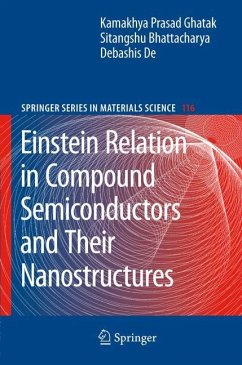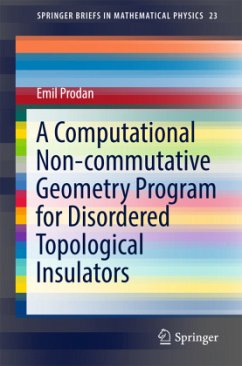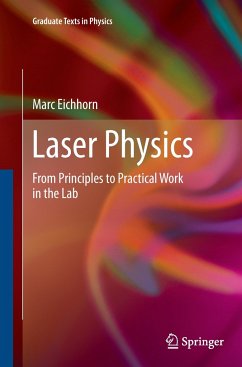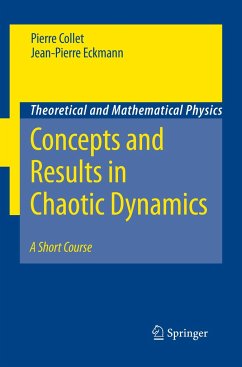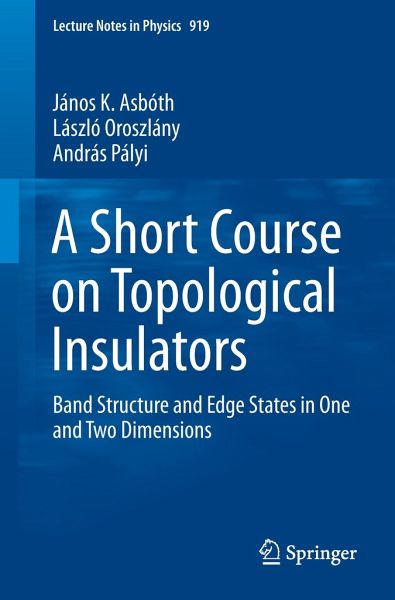
A Short Course on Topological Insulators
Band Structure and Edge States in One and Two Dimensions

PAYBACK Punkte
17 °P sammeln!
This course-based primer provides newcomers to the field with a concise introduction to some of the core topics in the emerging field of topological insulators.The aim is to provide a basic understanding of edge states, bulk topological invariants, and of the bulk--boundary correspondence with as simple mathematical tools as possible.The present approach uses noninteracting lattice models of topological insulators, building gradually on these to arrive from the simplest one-dimensional case (the Su-Schrieffer-Heeger model for polyacetylene) to two-dimensional time-reversal invariant topologica...
This course-based primer provides newcomers to the field with a concise introduction to some of the core topics in the emerging field of topological insulators.
The aim is to provide a basic understanding of edge states, bulk topological invariants, and of the bulk--boundary correspondence with as simple mathematical tools as possible.
The present approach uses noninteracting lattice models of topological insulators, building gradually on these to arrive from the simplest one-dimensional case (the Su-Schrieffer-Heeger model for polyacetylene) to two-dimensional time-reversal invariant topological insulators (the Bernevig-Hughes-Zhang model for HgTe). In each case the discussion of simple toy models is followed by the formulation of the general arguments regarding topological insulators.
The only prerequisite for the reader is a working knowledge in quantum mechanics, the relevant solid state physics background is provided as part of this self-containedtext, which is complemented by end-of-chapter problems.
The aim is to provide a basic understanding of edge states, bulk topological invariants, and of the bulk--boundary correspondence with as simple mathematical tools as possible.
The present approach uses noninteracting lattice models of topological insulators, building gradually on these to arrive from the simplest one-dimensional case (the Su-Schrieffer-Heeger model for polyacetylene) to two-dimensional time-reversal invariant topological insulators (the Bernevig-Hughes-Zhang model for HgTe). In each case the discussion of simple toy models is followed by the formulation of the general arguments regarding topological insulators.
The only prerequisite for the reader is a working knowledge in quantum mechanics, the relevant solid state physics background is provided as part of this self-containedtext, which is complemented by end-of-chapter problems.






